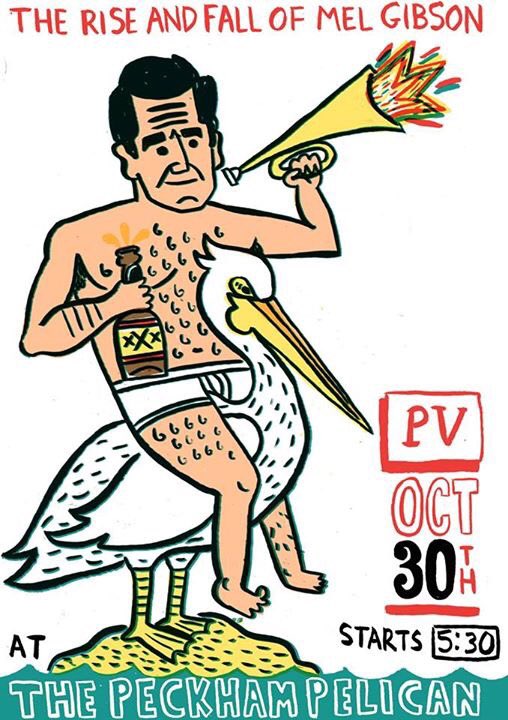I contributed to a google map of soundscapes in Edinburgh for a group called "Drift and Derive (with an accent)" which meet ups regularly to explore the city in interesting ways. I chose to go up Calton Hill, which is in the centre of Edinburgh next to Princess Street. Once you get up there you are removed from the hubbub of the city with wonderful views of Arthur's Seat. With its half-built 'National Monument' based on the Acropolis and once called 'Edinburgh's Shame' as the project ran out of money before completion, the hill is a place of refuge for half-finished projects and the personal follies within us all. When I first came to Edinburgh, I'm embarrassed to admit I built a superstition around Calton Hill. I made a pact with myself that if I went up, I would move away from Edinburgh. Nevertheless, a year or so later, there I was, up on Calton Hill with some friends of mine who had come to visit Edinburgh. Calton Hill must be far too rational a rock from to go in for superstition, however, as I am still a resident of Edinburgh. A visit to Calton Hill, though, is a reminder of my ongoing ambivalence to staying here.
This time on my visit to Calton Hill, I tuned in to the sounds around me. I sat on a bench with a view to Arthur's Seat and listened to the tourists who were taking selfies. There was a millstone the tourists would step onto to take their photos. For half an hour, I sat and listened, not understanding a single sentence of the many different languages spoken. I enjoyed their ritual of taking selfies, which I appreciated as an investment of time and energy, skill and love. The intricacies of relations has to be symbolically recorded, acknowledged and reflected upon in the selfie ritual. This took often many minutes for each party, and much communication that went over my head. It began to sound like a musical score. Only the English words "3, 2, 1" were woven deftly into one woman's conversation, as she readied her sister for the next photo, of which there were many, usurping her own language with the global language of the selfie. The three words spoken were like a pendulum, ever returning to the same place. In the same way, the tourists were attracted to the millstone, to the stage it gave them, consecrating their outdoor photo booth, again and again, first in front of the craggy landscape, then, turning around, against the National Monument. I began to wonder at the millstone. Who brought it up here? Did they think of selfies whoever brought it up here, relinquishing the millstone to the tourist's ever-growing demands for their self-affirming ritual? When the millstone was free, I got up on it, and took a selfie, just as I had observed the others doing. I felt at home among the tourists. For me, the tourist attraction was the tourist themselves. It was certainly nice to be surrounded by foreign languages as an antidote to Brexit, insular Britain and small-mindedness. In this way, Calton Hill was rather a haven from half-finished projects and follies on a grand scale.
When I returned from Calton Hill, I mixed and looped the conversations I'd heard. Now disembodied, the voices sounded urgent and haunting from a time and place never to be repeated. In the recording, the woman counts down the "3, 2, 1" against the sound of a kiss, a woman laughing, a man talking in Spanish, and a woman saying 'Holyrood'. Through the recording, each of these ordinary moments become the expectant outcome, the great event, the solution, the reason, though of what is never revealed.
Thanks to Ewan and Michelle for organising.
You can hear the soundscape here, best heard on headphones as the quality is not the best.






















































